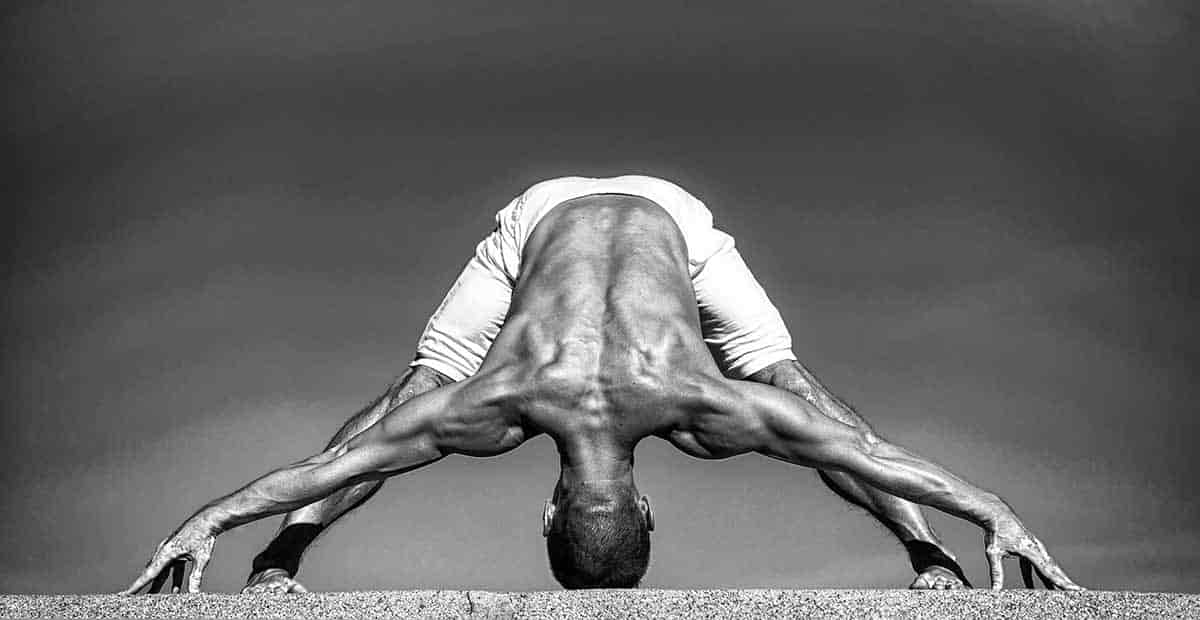
oga has long been recognized for its numerous physical, mental, and emotional benefits. For expectant and new mothers, prenatal and postnatal yoga offers unique advantages tailored to their specific needs. This article explores the differences between prenatal and postnatal yoga, their respective benefits, and important considerations for practicing and teaching these specialized forms of yoga.
Article Topics
What are the key differences between prenatal and postnatal yoga?
Prenatal and postnatal yoga differ in their objectives, focus areas, and the yoga poses or modifications used:
Prenatal Yoga
- Objective: Prenatal yoga is designed to support pregnant women throughout their pregnancy by fostering physical strength, flexibility, and mental and emotional balance.
- Focus areas: Emphasis is placed on strengthening the pelvic floor, hips, and lower back, as well as promoting relaxation, breath awareness, and stress relief.
- Prenatal yoga poses and modifications: Pregnant women are encouraged to use props and modifications to accommodate their changing bodies and ensure safety. Deep twists, inversions, and lying on the back for extended periods should be avoided.
Postnatal Yoga
- Objective: Postnatal yoga aims to support women in their postpartum recovery, helping them regain strength, flexibility, and overall well-being.
- Focus areas: The focus is on rebuilding core strength, relieving tension in the shoulders and upper back, and promoting relaxation and self-care.
- Poses and modifications: Gentle poses and modifications are used to gradually rebuild strength and flexibility, with a gradual progression towards more challenging poses as the body heals and recovers.
Combining Prenatal and Postnatal Yoga Elements in a General Practice
While prenatal and postnatal yoga are designed to cater to the unique needs of pregnant and postpartum women, some elements from these practices can be incorporated into a general yoga practice, especially in mixed-level classes. This can help support women at different stages of their motherhood journey while still maintaining a safe and accessible practice for all students.
Gentle Warm-up and Stretching
Both prenatal and postnatal yoga emphasize gentle warm-up and stretching exercises to help improve flexibility, release tension, and prepare the body for more advanced poses. Examples of warm-up exercises that can be included in a general practice are neck rolls, shoulder shrugs, gentle side stretches, and cat-cow pose.
Breathwork and Meditation
Both practices incorporate breathwork and meditation techniques to help pregnant and postpartum women manage stress, anxiety, and emotional fluctuations. Including calming breathwork practices, such as diaphragmatic breathing or alternate nostril breathing, and guided meditation in a general yoga class can benefit all students.
Pelvic Floor Exercises
Pelvic floor exercises, such as Kegels, can be beneficial for both pregnant and postpartum women. Including pelvic floor exercises in a general practice can help students of all levels develop awareness and strength in the pelvic area, which can be beneficial for overall core stability and preventing incontinence issues.
Providing Modifications
When incorporating elements from prenatal and postnatal yoga, it’s essential to offer modifications for poses that may not be suitable for all students. For example, instead of practicing full wheel pose, you can provide the option of supported bridge pose for pregnant or postpartum women who need to avoid deep backbends.
Emphasizing Self-care and Mindful Movement
Both prenatal and postnatal yoga emphasize self-care and mindful movement, encouraging students to listen to their bodies and practice within their comfort zone. In a general yoga class, remind all students to pay attention to their breath, body sensations, and personal limits, and to take breaks or modify as needed.
How soon can I start postnatal yoga after giving birth?
The appropriate time to start postnatal yoga depends on the individual and the type of delivery. For a vaginal birth without complications, women can generally start gentle postnatal yoga within 4-6 weeks after giving birth. For a cesarean delivery or if there were complications, it’s essential to consult with a healthcare professional before starting any exercise program. Always listen to your body and gradually ease back into your yoga practice.
Do I need special training to teach prenatal or postnatal yoga?
Teaching prenatal and postnatal yoga requires specialized knowledge and understanding of the unique physical, mental, and emotional needs of pregnant and postpartum women. It’s highly recommended to complete a prenatal and/or postnatal yoga teacher training program to ensure you can safely and effectively guide your students through their practice. Many training programs also provide continuing education credits that can be used to maintain or advance your yoga teaching certification.
Final Thoughts on Prenatal vs PostNatal Yoga
Understanding the differences between prenatal and postnatal yoga, as well as their unique benefits, can greatly enhance your yoga practice and teaching skills. By incorporating these specialized practices into your own routine or teaching repertoire, you can support pregnant and postpartum women in their journey towards greater health and well-being. Always prioritize safety and adapt your practice to the specific needs of your students, and remember the importance of continuing education and training to stay informed and provide the best guidance possible.



